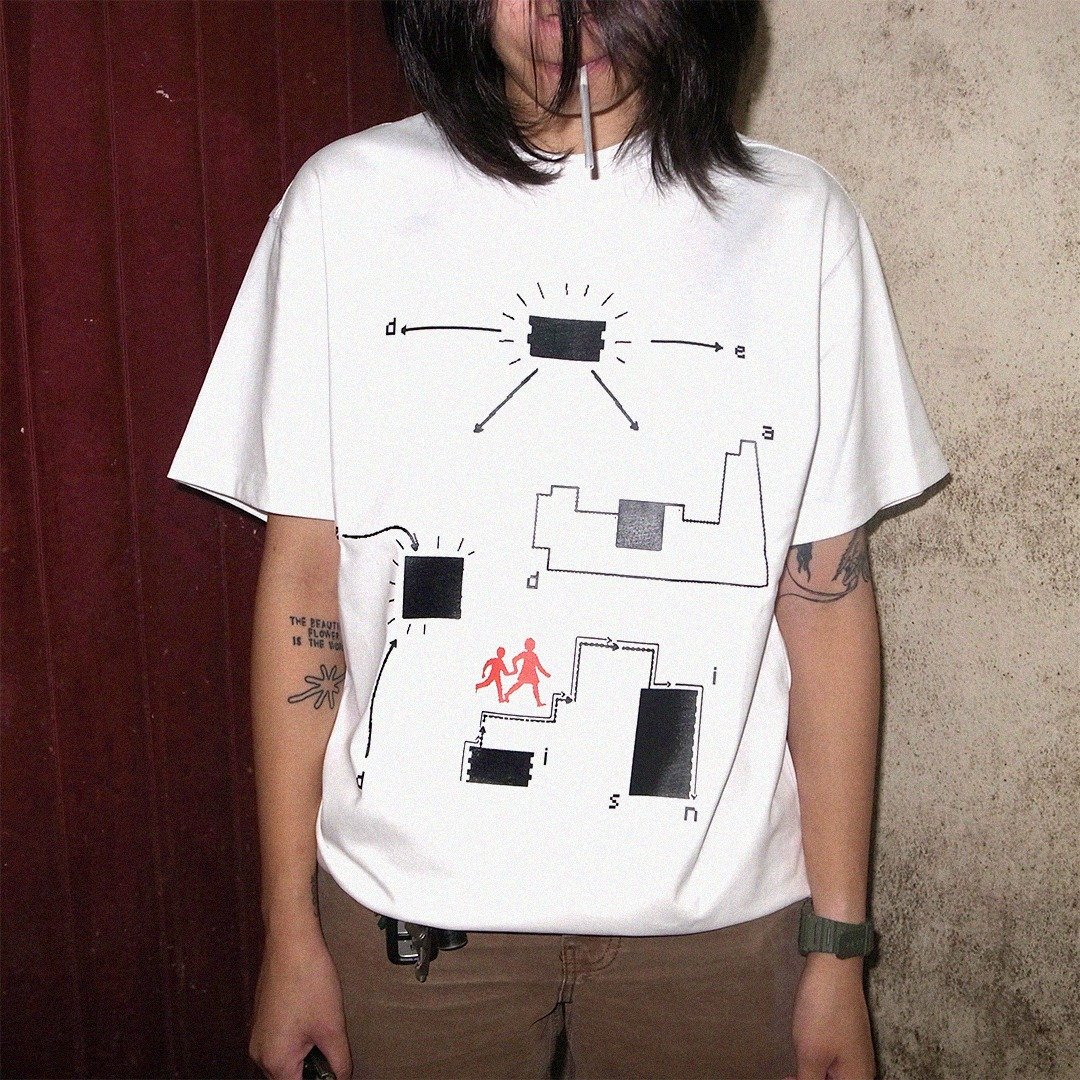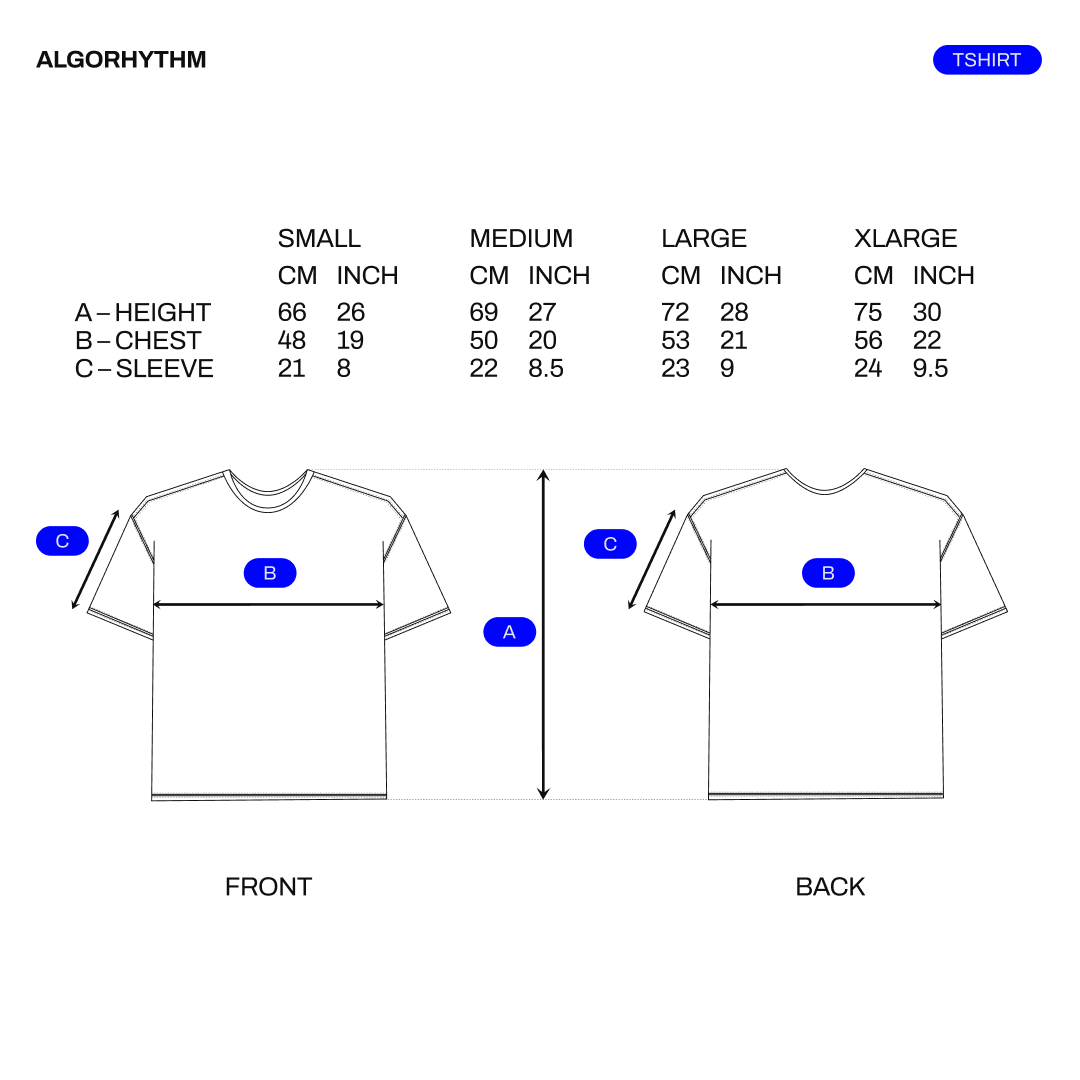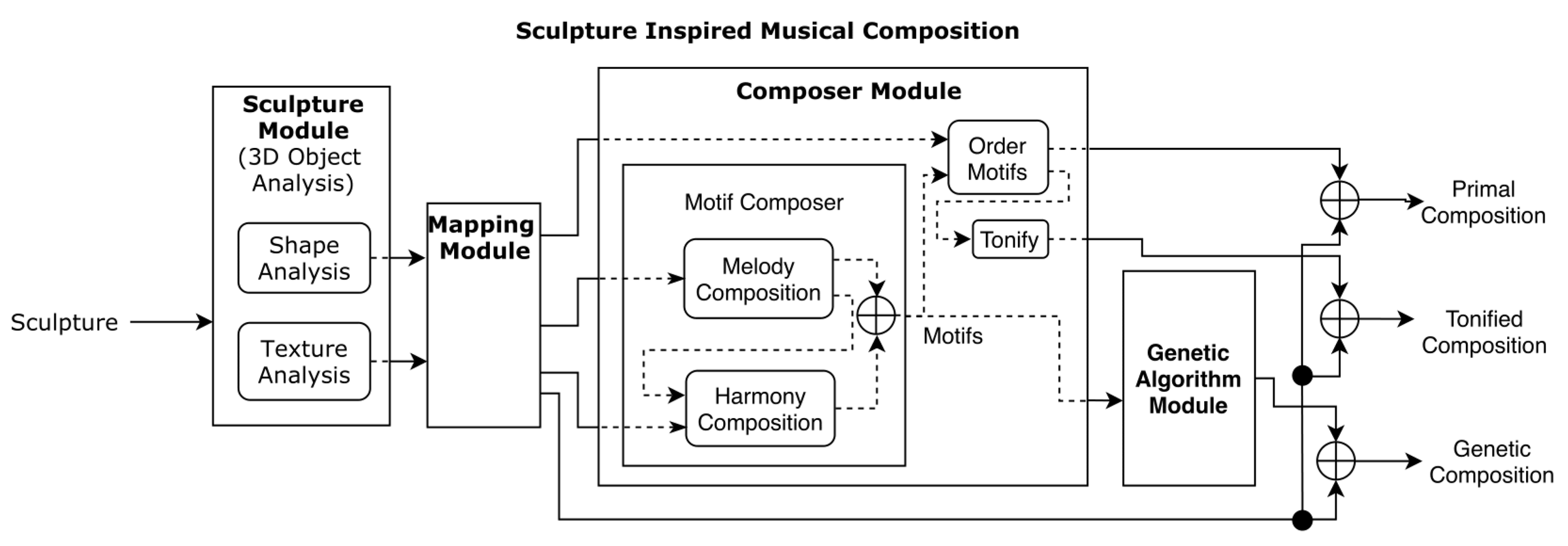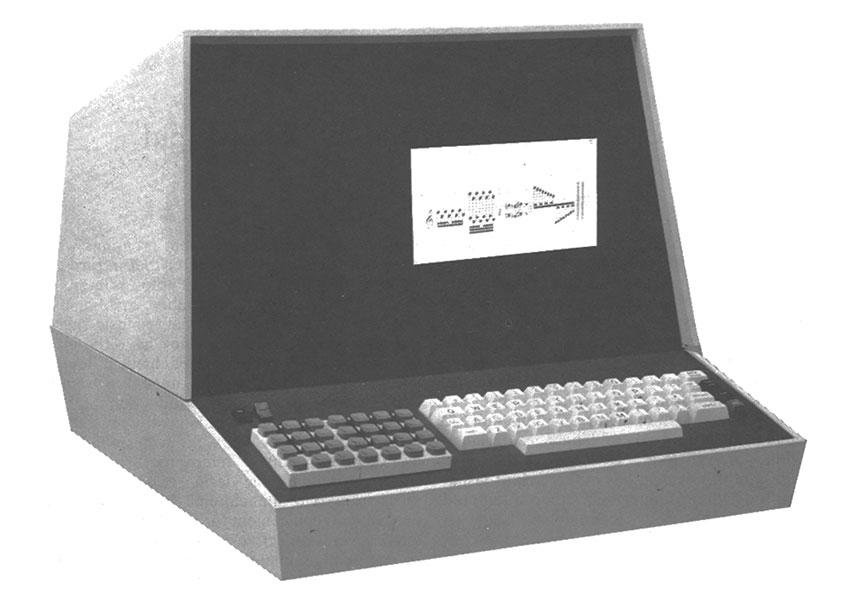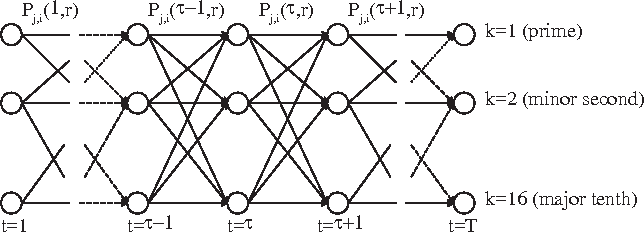Algorithms
Also known as disambiguation, an algorithm refers to a finite sequence of instructions that is typically used to solve specific problems or perform computation. They are also used for performing calculations and data processing.
More advanced algorithms use conditionals such as if-this-then-that to divert code execution through routes to deduce valid inferences to achieve automation.
(Entropy, 2022)
Algorithmic Composition
Also referred to as automated composition, is a type of composition that uses the process of making music with minimal human intervention (Alpern, 1995). This revolves around music created by computers which over the years have given composers new opportunities to automate compositional processes.
History of Algorithmic Compositions
(HILLER e ISAACSON, 1993: 17)
The earliest instance of computer generated composition is that of Lejaren Hiller and Leonard Isaacson at the University of Illinois in 1955-56. They used what was called a Illiac high-speed digital computer and succeeded in programming basic material and stylistic parameters which resulted in the Illiac Suite (1957). The score was composed by the computer and transposed into traditional musical notation which was performed by a string quartet.
What was revolutionary about this process was that it involved a generator/modifier/selector paradigm which first generated certain “raw materials” with the computer, modified musical instruments according to various functions then selected the best results from these modifications according to various rules (Alpern, 1995). And this was then applied to MUSICOMP, one of the first computer systems for automated composition that was written in the late1950s and early 1960s by Hiller and Robert Baker.
(MUSICOMP, 1976)
Stochastic vs Rule-based
In computer-generator algorithmic composition, there are 2 main methodologies.
The first is known as Stochastic which is the simplest and involves randomness. This is commonly seen in the case of some of John Cage’s works. Through this methodology, many of the creative directions and decisions are left to chance.
The second approach is known as rule-based systems. This centres around a series of tests, or rules, through which the program progresses. These steps are usually constructed in such a way that the product of the steps leads to the next new step (Burns, 1997). Rather than resorting to chance, rule-based systems pre-compose a “grammer” by which the compositional process must behave once set into motion. An example is that of William Shottstaedt’s automatic species counterpoint program that writes music based on rules from Johann Joseph Fux’ Gradus ad Parnassum.
(Analysis and Synthesis of Palestrina-Style Counterpoint Using Markov Chains, 2001)
Advent of Artificial Intelligence
With the recent advent of artificial intelligence, algorithmic compositions have taken another approach in which the system has a capacity to “learn”, resulting in an ever growing system. One instance would be David Cope’s system called Experiments in Musical Intelligence (EMI) which is based on a large database of descriptions of styles, rules of different compositional strategies. However, it also has the capacity to create its own language and generate a new database of rules through deductions based on several scores its been fed with. Most recently, producers have been dabbling with the idea of using artificial intelligence in their musical compositions to produce tracks that follow a certain style or breaks conventional norms altogether. For instance, a recent production by Berlin based producer Martsman called Spoor was written using an AI representation of himself in the form of various RAVE models that have been trained on different parts of his work. RAVE here refers to “A variational autoencoder for fast and high-quality neural audio synthesis” created by Antoine Caillon and Philippe Esling at Artificial Creative Intelligence and Data Science (ACIDS) w/ IRCAM, Paris.”



